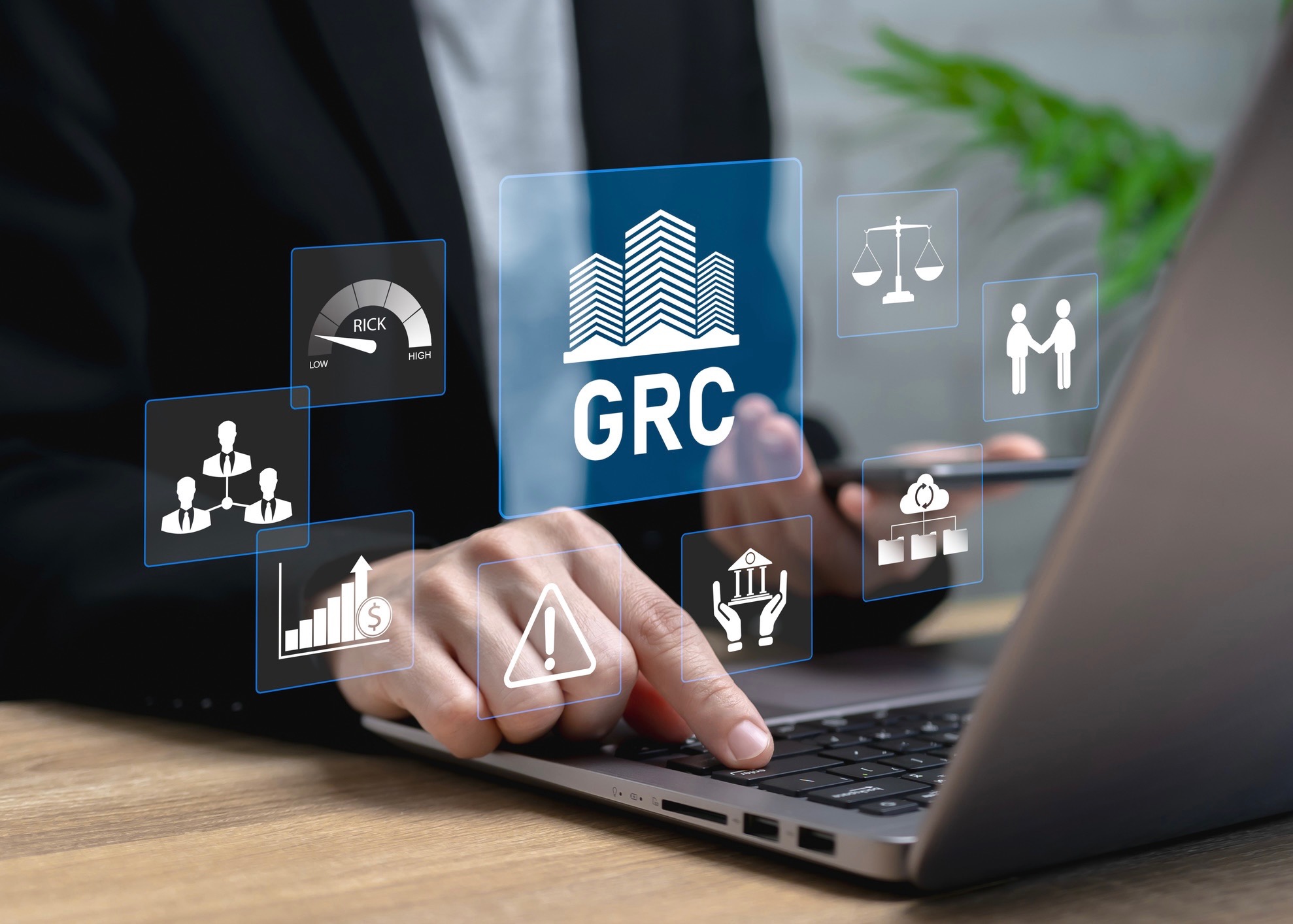Where GRC is a Product: Breaking the Project Mindset
Key Takeaways
- Project-Based GRC Limits Growth: Treating GRC as an annual audit exercise leads to recurring manual work, static security posture, and constant catch-up.
- Product Mindset Enables Continuous Value: Shifting to a product approach allows GRC to evolve continuously rather than resetting after each audit cycle.
- Technical Rigor Drives Scalability: Product thinking replaces screenshots, spreadsheets, and manual checks with API integrations, structured data, and automated testing.
- Stakeholder Alignment Changes Outcomes: When GRC is treated as a product, success is measured by reduced risk and clearer business value, not just passing certifications.
- Compliance Becomes a Byproduct: In a product-driven program, strong security and operational maturity naturally produce compliant outcomes.
Deep Dive
In this article, Ayoub Fandi breaks down why so many organizations still treat GRC as a yearly project tied to audits rather than as a strategic product that continuously delivers value. By reframing GRC as something that evolves, improves, and serves real users across the business, he illustrates how organizations can reduce manual effort, improve their security posture, and align risk management with decision-making. The goal is to move beyond compliance checklists, and instead build a living, continuous GRC program that drives resilience and supports the business every day, not just during audit season.
Turning Compliance Work Into Continuous Security Value
Answer honestly: Does your GRC program operate more like your product team or your annual tax filing?
If you're collecting evidence like receipts, rushing to meet deadlines, breathing a sigh of relief when it's over and then forgetting about it until next year, you’re running a costly security theatre, not a security program. The hidden costs of this project-based approach are staggering*: 71% of companies gather evidence ad-hoc or only for audits; half of GRC teams spend between 30–50% of their time on administrative tasks; and most teams are stuck in data entry, navigating disparate systems, and combining heterogenous data sources.
Risk doesn’t take nine months off. Threats don’t wait for your Q4 assessment. Infrastructure doesn’t freeze between audits. The only sustainable solution is transforming GRC from a recurring project into an evolving product—one that delivers continuous value instead of periodic paperwork.
*Source: Hyperproof’s 2025 IT Risk and Compliance Benchmark Report
Why It Matters
Traditional GRC operates in cycles—audit prep, evidence collection, certification—while risks, threats, and systems change constantly. Projects focus on hitting compliance dates, but products focus on continuous value delivery. A security program needs to evolve alongside infrastructure, not just once a year when auditors show up.
Project-based GRC tends to accept manual processes simply because they “work for now.” Product thinking, on the other hand, prioritizes solving root causes so the system improves over time. When you make this shift, your GRC program stops functioning as a cost centre dedicated to checking compliance boxes and instead becomes a strategic asset guiding business decisions. Without this shift, you're stuck on the same treadmill: running faster, working harder, and yet your security posture remains staticStrategic Framework
Products Scale, Projects End
Projects are bounded by timelines and their contributions often reset once the audit is complete. Products evolve continually. Treating GRC as a product means evidence collection becomes automated, controls evolve alongside your infrastructure, and improvements build on each other quarter after quarter. Instead of starting from scratch every year, you compound capability.
Product Thinking Forces Technical Excellence
When GRC is run as a project, manual processes are tolerated because they seem “good enough.” Product thinking demands more rigorous solutions. Screenshots become API calls, spreadsheets become structured data, manual reviews become automated tests, and one-off fixes become systemic improvements. This shift introduces engineering discipline that makes GRC more reliable, scalable, and effective.
Products Have Stakeholders, Projects Have Deadlines
Projects are measured by whether audits are passed. Products are measured by the value they provide. When GRC becomes a product, control owners become internal users, requirements come from risk rather than frameworks, success is defined by reduced exposure rather than certifications achieved, and feedback drives continuous improvement. This turns GRC from a necessary obligation into a strategic enabler.
Execution Blueprint
1. Define Your GRC Product Vision: Start by articulating what your GRC “product” actually is. Clarify the value it delivers, the users it supports, and the problems it solves. A simple one-page vision outlining the core value proposition, key personas (Engineering, Leadership, Sales, etc.), and success metrics beyond compliance checkboxes becomes your North Star. Every improvement should align with this vision, just as product features align with a roadmap.
2. Build Your Product Roadmap: Transform your compliance calendar into a product roadmap with iterative releases and continuous improvements. Instead of planning around “ISO audit in Q3,” plan around deliverables such as “Automated evidence collection V2 in Q1” and “Control dashboard for engineering in Q2.” Prioritize based on user value and risk reduction rather than audit timing. Regular release cycles, retrospectives, and stakeholder feedback make improvement continuous.
3. Implement User Feedback Loops: Products evolve through feedback, and your GRC program should too. Establish structured mechanisms for gathering, analysing, and acting on input from control owners and stakeholders. Hold monthly check-ins to understand friction points, track satisfaction with GRC workflows, and celebrate improvements openly. These loops keep the program grounded in real organizational needs rather than theoretical compliance guidance.
When you shift from project to product, compliance becomes an output of good security—not the input.
The GRC Report is your premier destination for the latest in governance, risk, and compliance news. As your reliable source for comprehensive coverage, we ensure you stay informed and ready to navigate the dynamic landscape of GRC. Beyond being a news source, the GRC Report represents a thriving community of professionals who, like you, are dedicated to GRC excellence. Explore our insightful articles and breaking news, and actively participate in the conversation to enhance your GRC journey.
Sponsored by






.svg)

.svg)